We’ve all been there. Standing in the flour aisle at the grocery store, trying to determine which flour would be best for our baked goods. The choices can feel overwhelming: cake flour or pastry flour? Whole wheat flour or bread flour? While some of us get truly invested in the science of baking and understand how different types of flours affect a recipe, many of us like to follow recipes quickly for delicious dishes and a chance at licking the spoon when no one is looking. That being said, there’s a lot to benefit from regarding food science and the basic knowledge of flour 101!
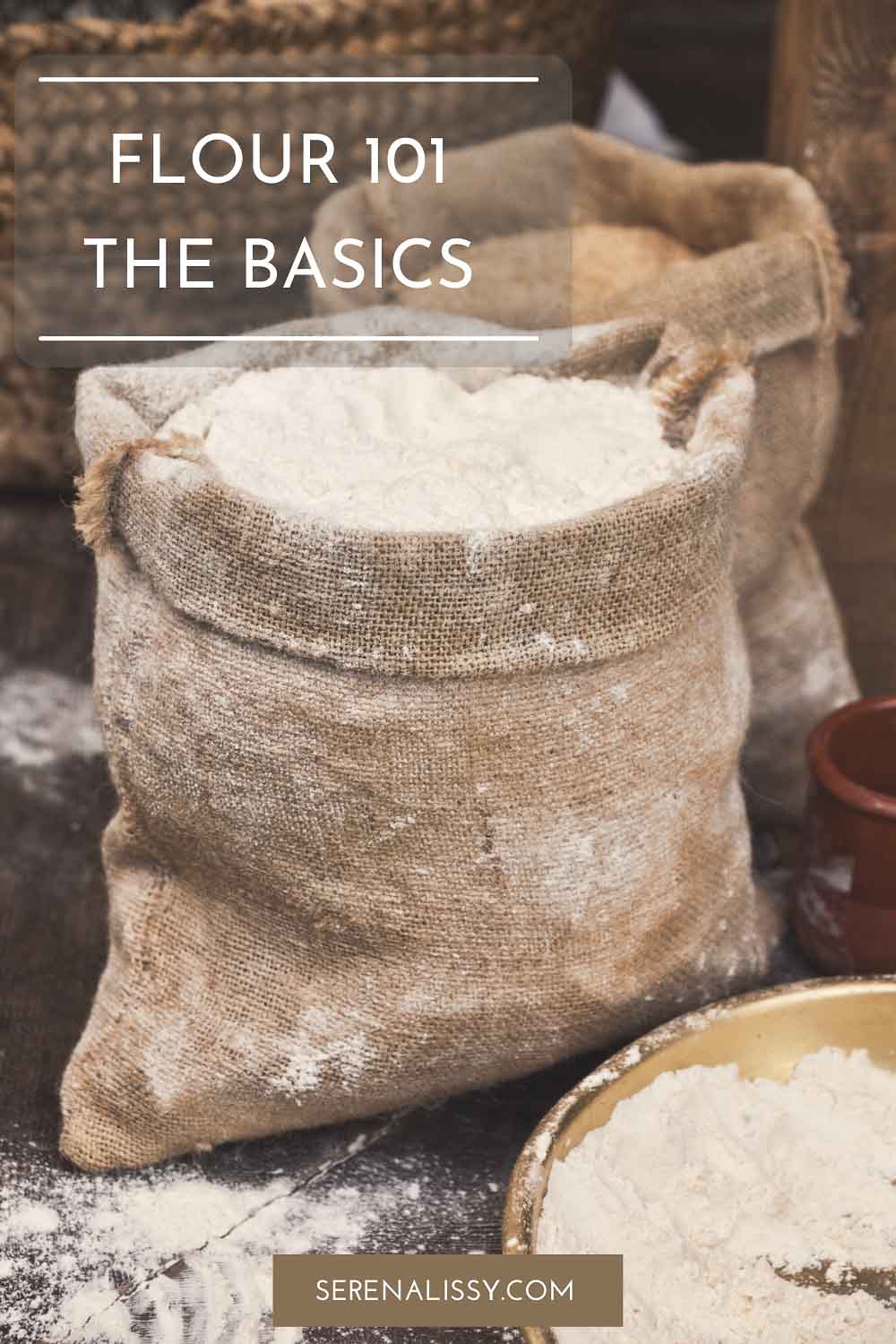
Today, we’re learning flour 101 and the different types of flour. We will also look at their benefits to make smarter decisions next time you are baking.
While flour is often accepted as a base baking ingredient, the word “gluten” can sometimes get a bad reputation. And yet, gluten is the protein formed when wheat from flour and water mix, creating different types of dough essential for stretchy or soft bakes.
Different types of flour are therefore often categorized by their different amounts of protein and use. Here are a few of the most common types of flour that can easily be found in numerous grocery stores!
All-Purpose Flour
You definitely have this one in your pantry! All-purpose flour is the go-to choice for many baked goods. If your recipe calls for flour without any special descriptors, this is the flour it’s referring to.
This flour is typically 10-12 percent protein and is a great middle-of-the-road option for quick breads and crumbly cakes. It’s made from many different parts of wheat, including the germ, bran, and endosperm.
However, white flour is labeled as all-purpose flour but is typically only made from the endosperm portion of wheat. The other portions of wheat are often sorted out at harvest or during the milling process. This gives it a longer shelf life but does remove some nutrients and flavor.
Overall, all-purpose flour is a must-have for any baker. More specialty flours can give you different textures and richer tastes, but general AP flour is nothing to sneeze at!
Whole Wheat
Whole wheat flour is made from about 14% protein and contains all parts of the wheat seed, including the germ, bran, and endosperm. It’s darker in color compared to most all-purpose flour, which is often bleached.
Whole wheat flour is also more flavorful than general all-purpose flour; however, it does create denser goods as it’s not as efficient in forming gluten. The next time you dig into a white loaf of bread alongside a loaf of whole wheat bread, take a look at the inside air pockets. You should be able to notice that the whole wheat loaf is denser and less fluffy. Neat!
Wheat flour is also more absorbent than all-purpose flour, and recipes call for more liquid when using it. You can replace all-purpose white flour with wheat flour, although using slightly less wheat flour is recommended to preserve the structure.
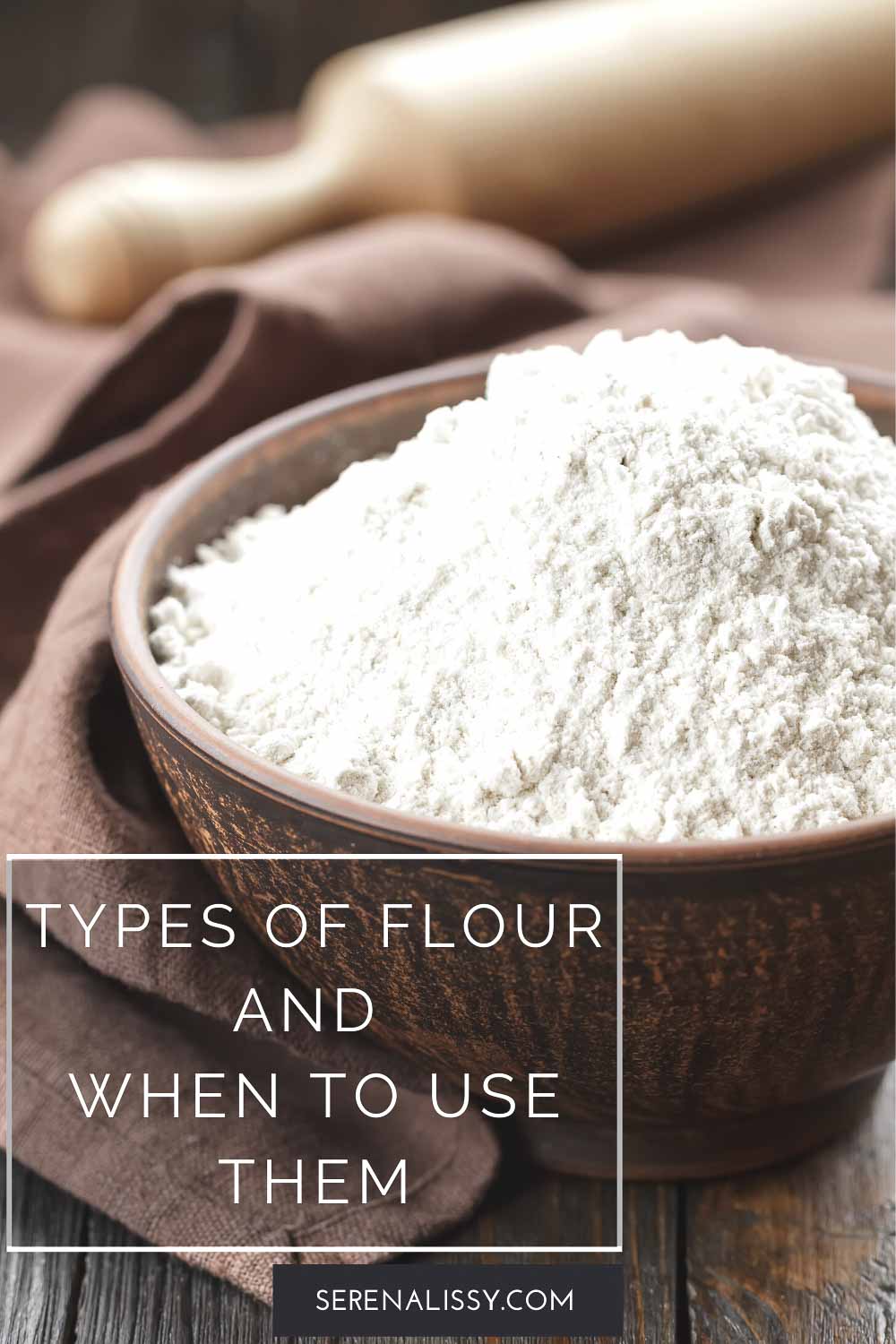
Cake Flour
Cake flour is almost as far away from whole wheat flour as you can get! With only 6-8 percent protein, this low protein content is ideal for a tender and moist cake. It is an extremely finely milled flour and is very weak at forming gluten. This allows the flour to absorb more liquid and gives you a higher rise. Think of your favorite tall layer cake, and it probably used cake flour. Angel food cakes and sponge cakes will also use cake flour.
Biscuits, muffins, and scones can also be made with cake flour. The flour often goes through a bleaching process, or it's chlorinated, weakening its ability to form gluten even more and increases its ability to absorb liquid and sugar. Zero toughness, and only a sweet delicious baked good. Perfect!
Pastry Flour
Pastry flour can also be a good substitute for cake flour and clocks in at 8 to 9 percent protein. Like its protein percentage, pastry flour is often regarded as a middle step between all-purpose flour and cake flour.
In general, pastry flour is what you’ll want to use to avoid heavy bakes and achieve more of an airy, fluffy texture. Pancakes, pie crust, and even biscuits can thrive with pastry flour.
Mixing about 1 ⅓ cups of all-purpose flour with ⅔ cups of cake flour will give you a pastry flour-esque consistency, perfect for pie crusts, tarts, and cookies.
Bread Flour
Bread flour is 12-14 percent protein, and this higher protein content is what makes it an expert at creating gluten! Paired with yeasted doughs, bread flour is ideal for a chewier consistency and is perfect for artisan breads and bagels. It’s also used in cinnamon buns, pretzels, and dinner rolls.
Bread flour will give you a workout, though, requiring a lot of kneading to help form its gluten structure. Without proper kneading, you can accidentally get flat bread that dips in the middle or never rise in the first place.
The high protein in this flour is also helpful for a higher rise in baked goods alongside kneading. It creates an elastic gluten bond, giving you that satisfying chewier consistency in your bite.
When in doubt or out of bread flour, you can substitute AP flour for it in the recipe. This will change the texture some, but your recipe should still work.
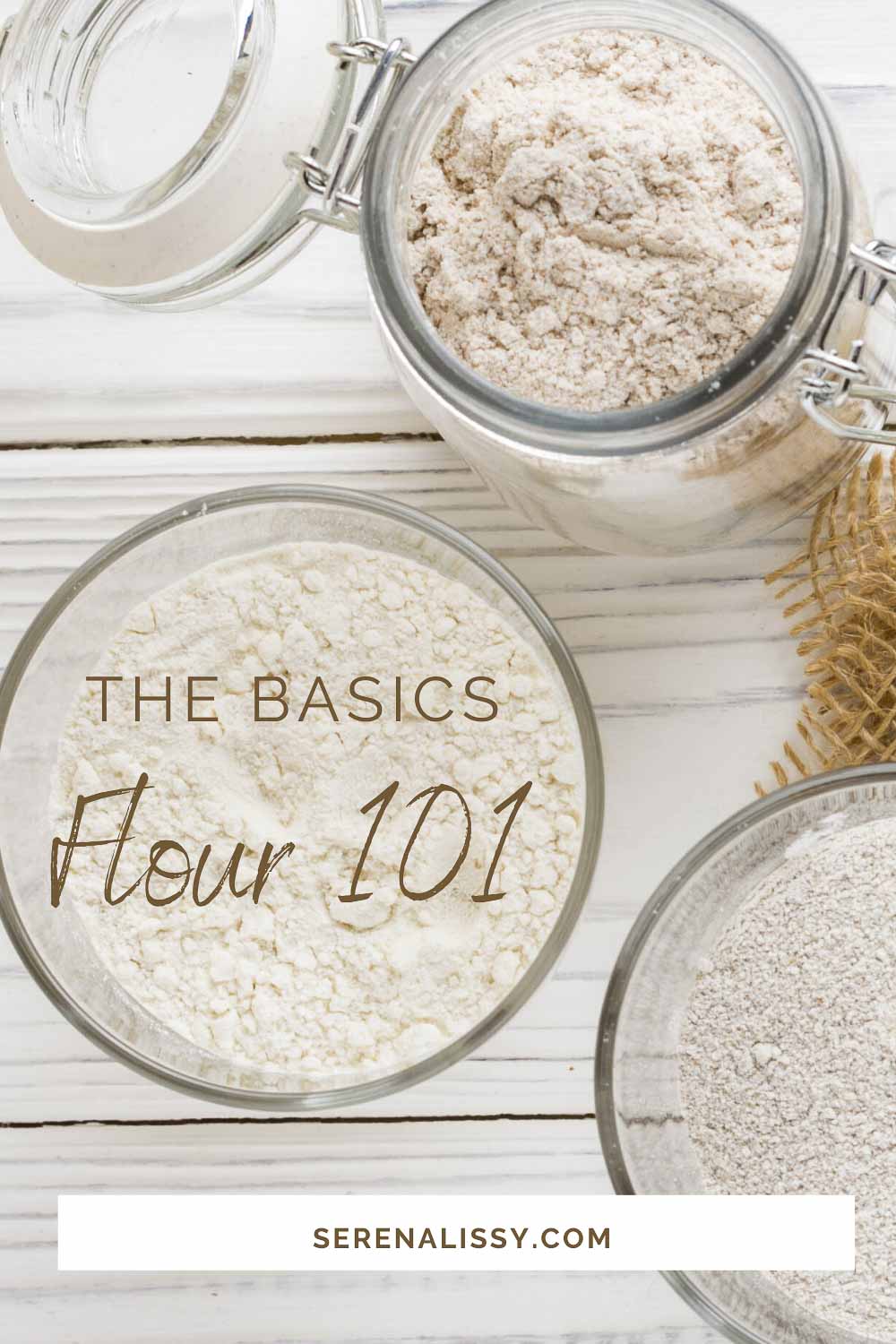
Self-Rising
Self-rising flour is about 8.5% protein and is often produced in the southern United States. It’s more of a blend than a type of wheat production, including soft wheat flour, baking powder, and salt added in during the milling process.
Self-rising flour is ideal for biscuits, muffins and more, and can be found specifically in mixes for biscuits. You can, of course, create your own self-rising effect with baking powder and other ingredients, but sometimes a mix is best for a quick fix!
Choosing Types of Flour
When it comes to the best choice for the right type of flour for your bake, it all comes down to following the status quo and testing boundaries. While all-purpose flour and pastry flour are the most used for cookies, who says that a cakey cake flour cookie wouldn’t be delicious?
Some of us also love to sink our teeth into a good chunk of bread. Who said that a bit of bread flour in your brownies isn’t allowed? It may just give you that extra bite you crave.
Here at SerenaLissy.com, we have a variety of recipes that are delicious from the get-go, but I’m always looking to iterate on them and learn from you in the comments, too. Check out our Cronut recipe for a delicious bread flour donut and croissant hybrid and our Caramel Apple Chocolate Mousse Cake recipe for a deliciously moist use of cake flour.
No matter which recipe you start with, different flours and ratios can give you all sorts of delicious tastes and textures. The best way to learn this is to practice with a specific recipe and different brands and types to learn gluten development and get the best results in your final product. Enjoy!
Looking For More Recipes And Baking Tips
Subscribe to my free newsletter to get new baking tips in your inbox monthly. Find me sharing new recipes and tips on Pinterest, Instagram, or Facebook.
As an Amazon Associate and member of other affiliate programs, I earn from qualifying purchases. What that means is if you click on one of our affiliate links, they may toss a few pennies our way for a commission.


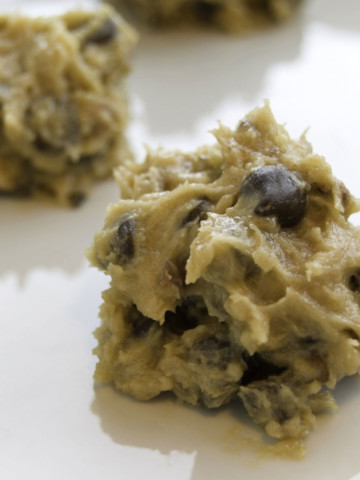
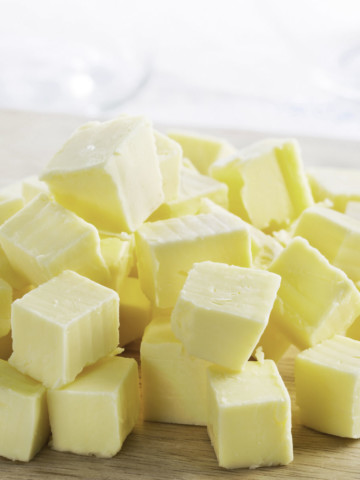
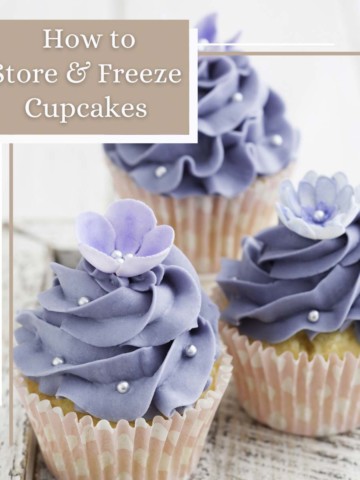

Sara Welch says
There is some great tips in this post! Definitely going to be saving this for the future!
Julia says
I love making everything from scratch: bread, pasta (even if I'm not good at it), tortillas, etc. This was a super helpful post to get it all going!
serena says
Thanks Julia!
Brianna says
This post was super helpful. I had no idea that cake flour and pastry flour were different.
serena says
Thanks Brianna 🙂
Elizabeth says
Great information for beginning bakers! Thanks for sharing!
serena says
Thanks Elizabeth!
Kyleigh says
This was such a great article! So much good info about flour! Thanks for sharing
serena says
Thanks Kyleigh
Ashley says
This is such good information to know when it comes to flours. I’ve always just used all purpose when making my cakes, but it seems using cake flour really will make a difference in end product and save lots of frustration!
serena says
Yes Ashley it makes a huge difference.
Ashley F. says
So much great information here on how to use eat type of flour! Love it!
serena says
Thanks Ashley!
Suzy says
This has so much great information! Loved it!
serena says
Thanks Suzy!
Beth says
This was so helpful and informative. I can't wait to share this with my daughter. Such a handy post to know when to use these different types of flour! Thank you!
serena says
Thanks Beth!
Keri Bevan says
This article has really helped me with my most recent baking project. Thanks for all the great information!
serena says
Thanks Keri!